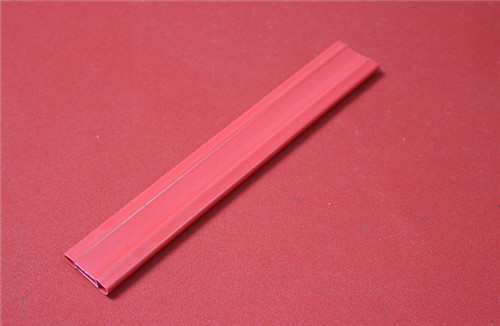
Phone Number :
07 12, 2023

Dimensional standards and dimensional deviation control requirements play a crucial role in ensuring the quality and reliability of PVC hoses. These standards help in achieving precise measurements and tolerances, ensuring that the hoses meet the required specifications. This article will provide a detailed and comprehensive overview of the dimensional standards and control requirements for PVC hoses.
PVC hoses need to meet specific dimensional standards in terms of their inner and outer diameters, thickness, length, and other important parameters. These standards are defined by various international organizations such as ASTM International, DIN, ISO, and JIS. Compliance with these standards ensures uniformity and interchangeability of PVC hoses across different applications.
PVC hoses are typically manufactured using extrusion processes, where the hose is formed by forcing molten PVC material through a die of specific dimensions. The dimensional standards specify the tolerances and range within which the inner and outer diameters, thickness, and length of the PVC hoses should fall. This ensures that the hoses can be used with various fittings and connectors without any compatibility issues.
To ensure the dimensional accuracy of PVC hoses, it is essential to implement effective control measures to minimize dimensional deviations. Dimensional deviations can occur due to variations in the manufacturing process, temperature fluctuations, or other factors.
Control requirements for dimensional deviation include regular monitoring and inspection of PVC hoses during the production process. This involves measuring the key dimensions of the hoses at specified intervals and comparing them with the dimensional standards. Statistical process control techniques, such as control charts, can be utilized to detect any significant deviations and take corrective actions in real-time.
In addition to real-time control, it is also important to implement preventive measures to minimize dimensional deviations. This includes maintaining proper process parameters, ensuring the accuracy of the extrusion equipment, and using high-quality raw materials. Continual improvement efforts should be undertaken to optimize the manufacturing process and reduce dimensional deviations over time.
Implementing dimensional standards and control requirements for PVC hoses brings several benefits to manufacturers and end-users:
- Consistency: Dimensional standards ensure that PVC hoses produced by different manufacturers are consistent in terms of key dimensions, allowing for easy interchangeability and compatibility.
- Quality Assurance: By adhering to dimensional standards and controlling dimensional deviations, manufacturers can ensure that PVC hoses meet the required specifications and deliver high performance.
- Cost Reduction: Effective control of dimensional deviations helps in reducing waste, scrap, and rework, leading to cost savings in the production process.
- Customer Satisfaction: PVC hoses manufactured as per dimensional standards provide customers with reliable products that meet their expectations, leading to enhanced customer satisfaction.
Dimensional standards and control requirements are of utmost importance in the manufacturing of PVC hoses. By adhering to these standards and implementing effective control measures for dimensional deviations, manufacturers can ensure the quality, reliability, and performance of PVC hoses, while also reducing costs and ensuring customer satisfaction.